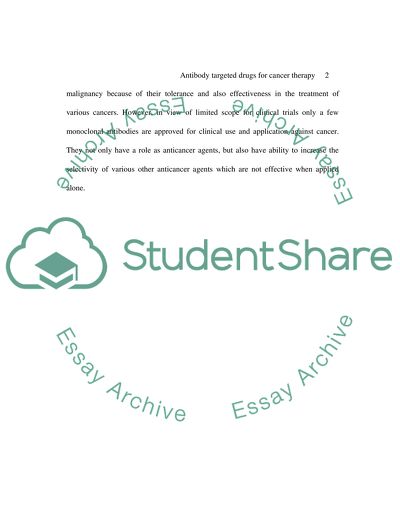Cite this document
(“Antibody targeted drugs for cancer therapy Dissertation”, n.d.)
Retrieved from https://studentshare.org/family-consumer-science/1408188-antibody-targeted-drugs-for-cancer-therapy
Retrieved from https://studentshare.org/family-consumer-science/1408188-antibody-targeted-drugs-for-cancer-therapy
(Antibody Targeted Drugs for Cancer Therapy Dissertation)
https://studentshare.org/family-consumer-science/1408188-antibody-targeted-drugs-for-cancer-therapy.
https://studentshare.org/family-consumer-science/1408188-antibody-targeted-drugs-for-cancer-therapy.
“Antibody Targeted Drugs for Cancer Therapy Dissertation”, n.d. https://studentshare.org/family-consumer-science/1408188-antibody-targeted-drugs-for-cancer-therapy.


